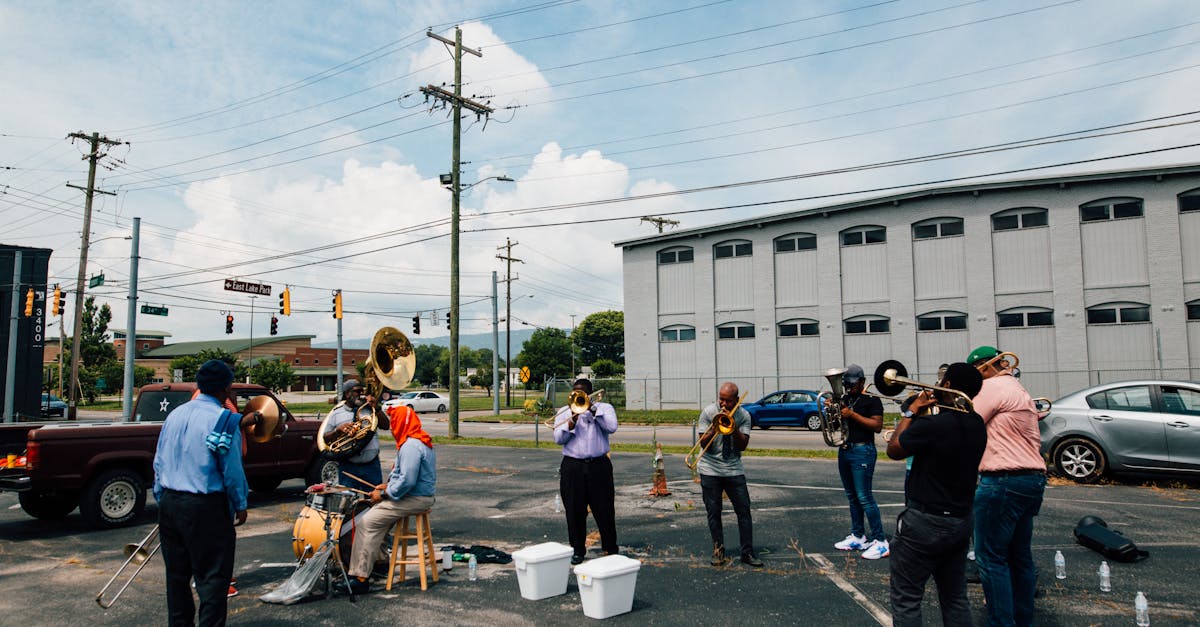Ready to make a positive impact in our community? Organizing a community clean-up in local parks is not just about picking up trash; it’s a powerful way to bring us together for a common cause.
In our post, we’ll guide you through the steps to plan and execute a successful park clean-up.
From rallying volunteers to coordinating logistics, we’ve got you covered.
Get ready to roll up our sleeves and make a difference in our local parks. With our expert tips and tricks, you’ll be equipped to lead a team of passionate individuals towards a cleaner, greener environment. Let’s join forces and transform our parks into pristine spaces that we can all enjoy.
Key Takeaways
- Choosing the Right Park: Select a park based on accessibility, size, needs assessment, and permits to ensure the success of the clean-up event.
- Creating a Plan and Setting Goals: Develop a clear plan, establish goals, delegate tasks, and collaborate with local organizations to ensure a successful clean-up event.
- Recruiting Volunteers and Building a Team: Reach out to various sources, diversify volunteer roles, utilize team management tools, and conduct training sessions to build a strong and united team.
- Gathering Supplies and Necessary Equipment: Prepare essential items such as biodegradable trash bags, gloves, trash grabbers, first aid kit, water, and snacks for a smooth clean-up operation.
- Executing the Park Clean-Up Event: Communicate effectively, assign tasks in advance, prioritize safety, divide responsibilities efficiently, stay organized, and adapt to unforeseen circumstances with a positive attitude to ensure a successful park clean-up.

Choosing the Right Park for Your Clean-Up
When selecting a park for our clean-up event, we need to consider a few key factors to ensure its success:
- Accessibility: Choose a park that is easily accessible by public transportation and has ample parking for volunteers.
- Size: Opt for a park that is large enough to accommodate our team and offers a variety of clean-up opportunities.
- Needs Assessment: Assess the park’s current condition and identify areas that require the most attention.
- Permits: Check if a permit is required for organized events at the park and apply for one if necessary.
Remember, the right park sets the stage for a successful clean-up event, bringing us one step closer to our goal of creating a cleaner and greener community.
For more information on selecting the perfect park for your clean-up, visit National Recreation and Park Association.
Creating a Plan and Setting Goals
When organizing a community clean-up in local parks, it’s essential to create a solid plan. Start by setting clear goals for the event. Identify the areas in the park that need the most attention, such as littered playgrounds or overgrown trails. Establish a timeline, deciding on a date that works for volunteers and checking for any conflicting local events. Delegate tasks to different team members to ensure everything runs smoothly. Remember, a well-thought-out plan is key to a successful clean-up event.
Also, consider partnering with local organizations to maximize resources and reach more volunteers. Set specific targets for the amount of trash to be collected or the number of participants to get a sense of achievement. Regularly track progress towards these goals to stay motivated and focused. Flexibility is crucial, so be prepared to adapt the plan as needed throughout the clean-up. Check out the National Park Service’s guide for more tips on planning a successful clean-up.

Recruiting Volunteers and Building a Team
When it comes to recruiting volunteers for our community clean-up in local parks, we start by reaching out to neighbors, schools, and local businesses. Connecting with community centers and using social media platforms are great ways to spread the word. Building a strong team is crucial for the event’s success. We look for volunteers with different strengths, from organizers to those who enjoy hands-on work. By diversifying roles, we ensure a well-rounded team.
To streamline communication and task management, we use tools like team management apps and email newsletters. Peer-to-peer recruitment among the volunteers themselves can also be effective. Training sessions are held to ensure everyone understands their responsibilities. Remember, a united team that shares the same goal makes the clean-up process smoother and more rewarding.
For additional insights on team-building strategies, check out resources from the National Park Service.
Gathering Supplies and Necessary Equipment
When organizing a community clean-up in local parks, gather supplies and necessary equipment ahead of time to ensure a smooth operation. Here are some essential items to consider:
- Trash bags: Opt for biodegradable options to reduce environmental impact.
- Gloves: Protect our hands during the clean-up process.
- Trash grabbers: Handy tools for picking up litter without bending over excessively.
- First aid kit: Always prioritize safety and be prepared for any minor injuries.
- Water and snacks: Keep the team hydrated and energized throughout the event.
Remember, having the right supplies is crucial for a successful clean-up day. Check out this helpful guide on suggested clean-up supplies for more insights.

Executing the Park Clean-Up Event
When it’s time to put our plan into action, clear communication is key. Assign tasks beforehand so everyone knows their role. On the big day, we’ll gather at the designated location, ensuring everyone’s safety is a top priority. We’ll divide and conquer, focusing on different areas to cover more ground efficiently. It’s essential to stay organized and maintain a positive attitude, keeping the team motivated.
Remember, flexibility is key. We might encounter unexpected situations, but with good teamwork, we can adapt on the go. Throughout the event, let’s capture memorable moments with photos and videos to share later. After the clean-up, it’s crucial to properly dispose of the collected waste and celebrate our hard work together.
For more tips on organizing successful community clean-up events, check out this guide.

